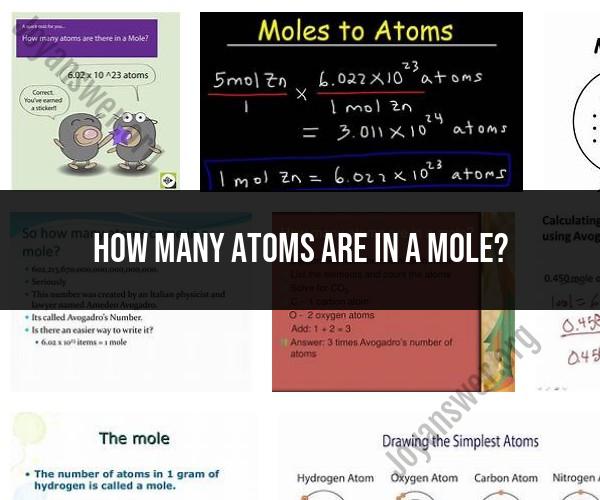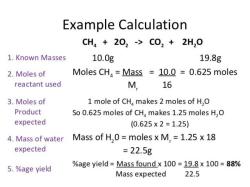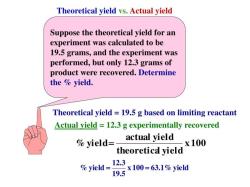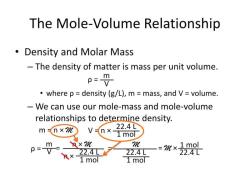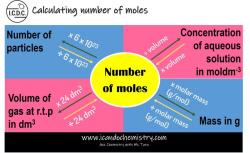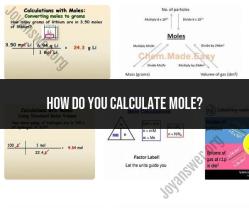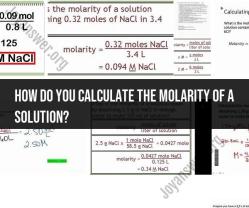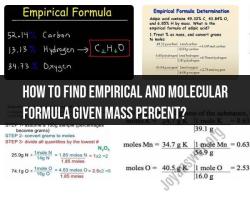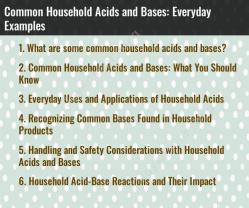How many atoms are in a mole?
Avogadro's number, also known as Avogadro's constant, is a fundamental constant in chemistry and physics. It represents the number of atoms, ions, or molecules in one mole of a substance. Avogadro's number is approximately 6.02214076 x 10^23.
So, there are approximately 6.02214076 x 10^23 atoms in one mole of any substance. This number is crucial for performing various calculations in chemistry, such as determining the mass of a mole of a substance (molar mass) or understanding the relationship between the mass of a substance and the number of atoms or molecules it contains.
Counting Atoms in a Mole: A Fundamental Chemistry Concept
The mole is a unit of measurement used in chemistry to express the amount of a substance. It is defined as the number of atoms in exactly 12 grams of pure carbon-12. This number is also known as Avogadro's number, and it is equal to 6.022 × 10^23.
This means that one mole of any substance contains 6.022 × 10^23 atoms, molecules, or ions of that substance. For example, one mole of hydrogen contains 6.022 × 10^23 hydrogen atoms, one mole of water contains 6.022 × 10^23 water molecules, and one mole of sodium chloride contains 6.022 × 10^23 sodium ions and 6.022 × 10^23 chloride ions.
Counting atoms in a mole is a fundamental chemistry concept because it allows us to convert between the mass and the number of particles of a substance. This is important for many calculations in chemistry, such as determining the amount of a reactant needed to produce a certain amount of product, or calculating the concentration of a solution.
The Mole and Atomic Quantities: How Many Atoms Are in a Mole?
One mole of any substance contains 6.022 × 10^23 atoms, molecules, or ions of that substance. This is a very large number, but it is necessary to use such a large unit because atoms are so small.
For example, one mole of hydrogen atoms weighs only 1 gram. This means that there are 6.022 × 10^23 hydrogen atoms in a single gram of hydrogen.
The mole concept is very useful in chemistry because it allows us to convert between the mass and the number of particles of a substance. This is important for many calculations in chemistry, such as determining the amount of a reactant needed to produce a certain amount of product, or calculating the concentration of a solution.
Avogadro's Number: The Key to Calculating Atoms from Moles
Avogadro's number is the number of atoms in exactly 12 grams of pure carbon-12. It is equal to 6.022 × 10^23.
Avogadro's number is a very important constant in chemistry because it allows us to convert between the mass and the number of particles of a substance. This is important for many calculations in chemistry, such as determining the amount of a reactant needed to produce a certain amount of product, or calculating the concentration of a solution.
To calculate the number of atoms in a given mass of a substance, we can use the following equation:
Number of atoms = (Mass of substance in grams) / (Molar mass of substance in grams/mol) * Avogadro's number
For example, to calculate the number of atoms in 1 gram of hydrogen, we would use the following equation:
Number of atoms = (1 gram) / (1.008 grams/mol) * 6.022 × 10^23 atoms/mol
Number of atoms = 5.96 × 10^22 atoms
Avogadro's number is a very useful concept in chemistry, and it is essential for many calculations.
